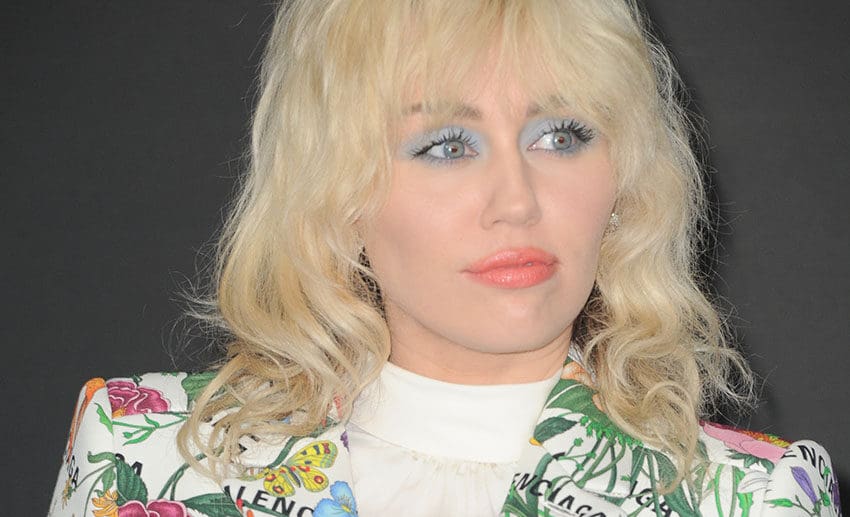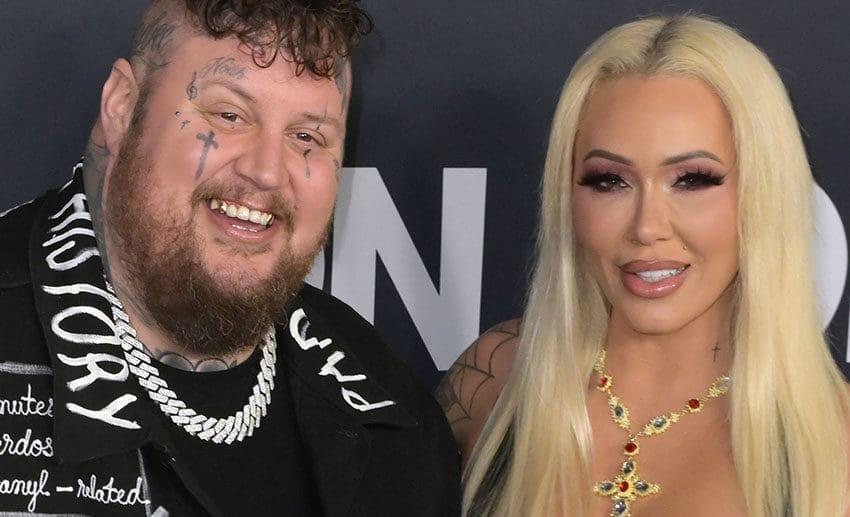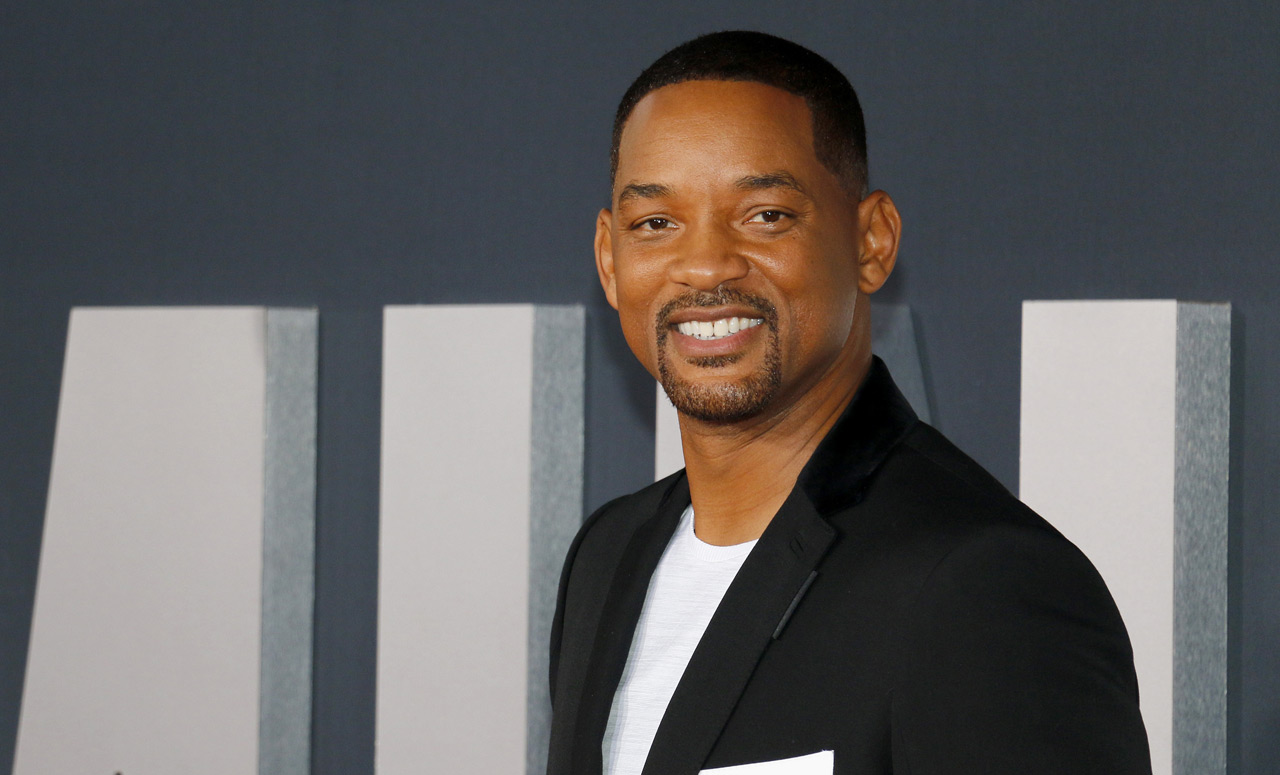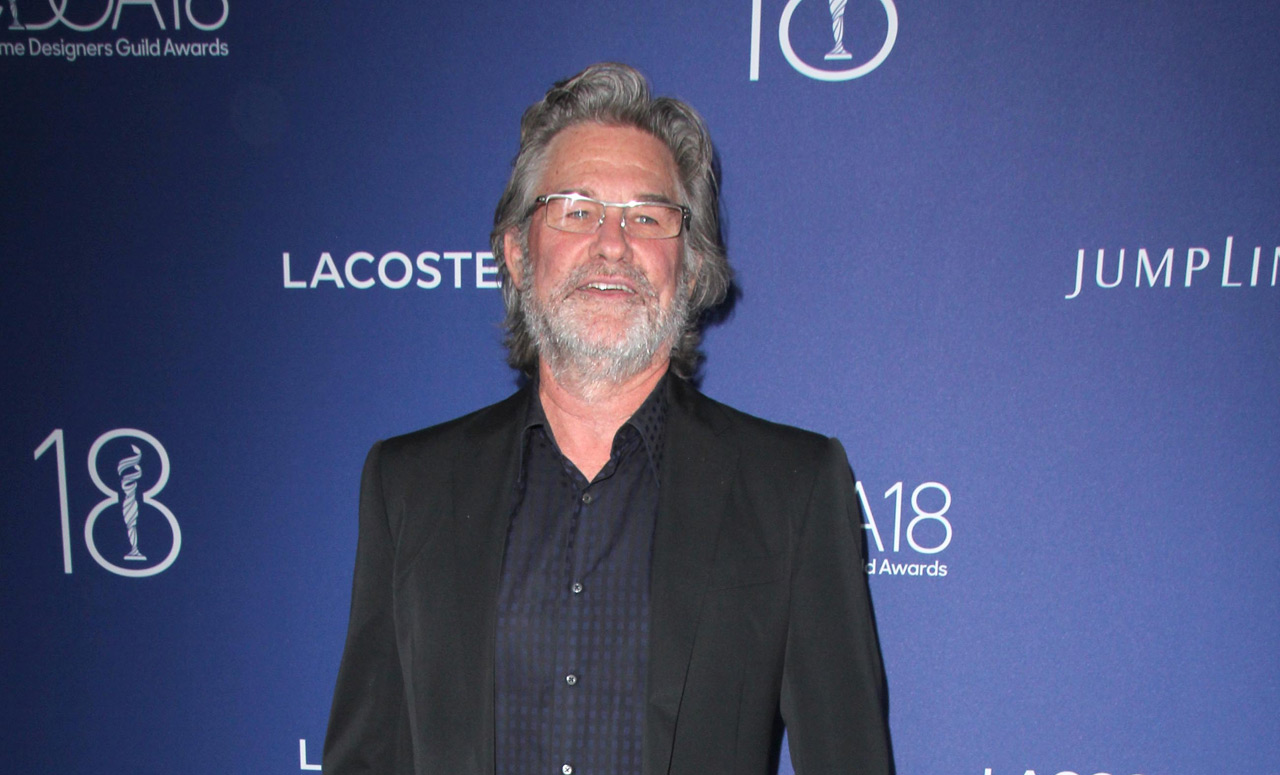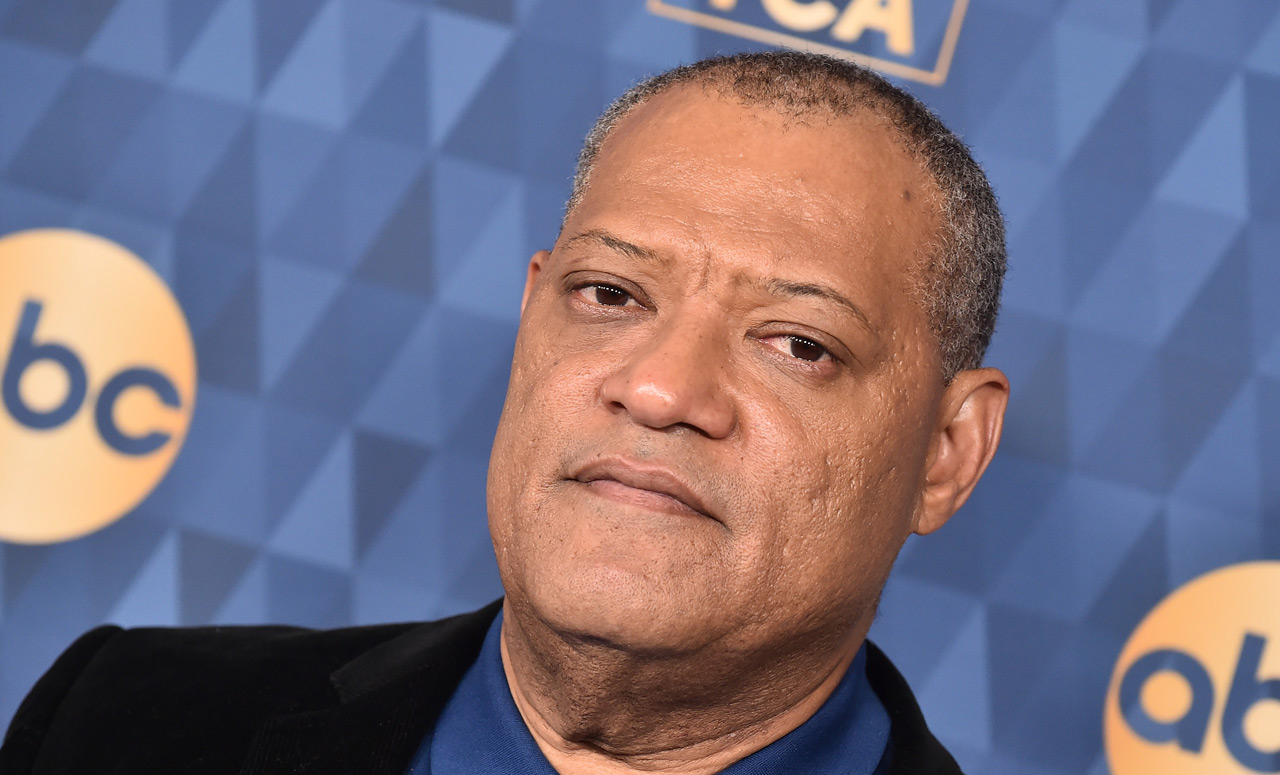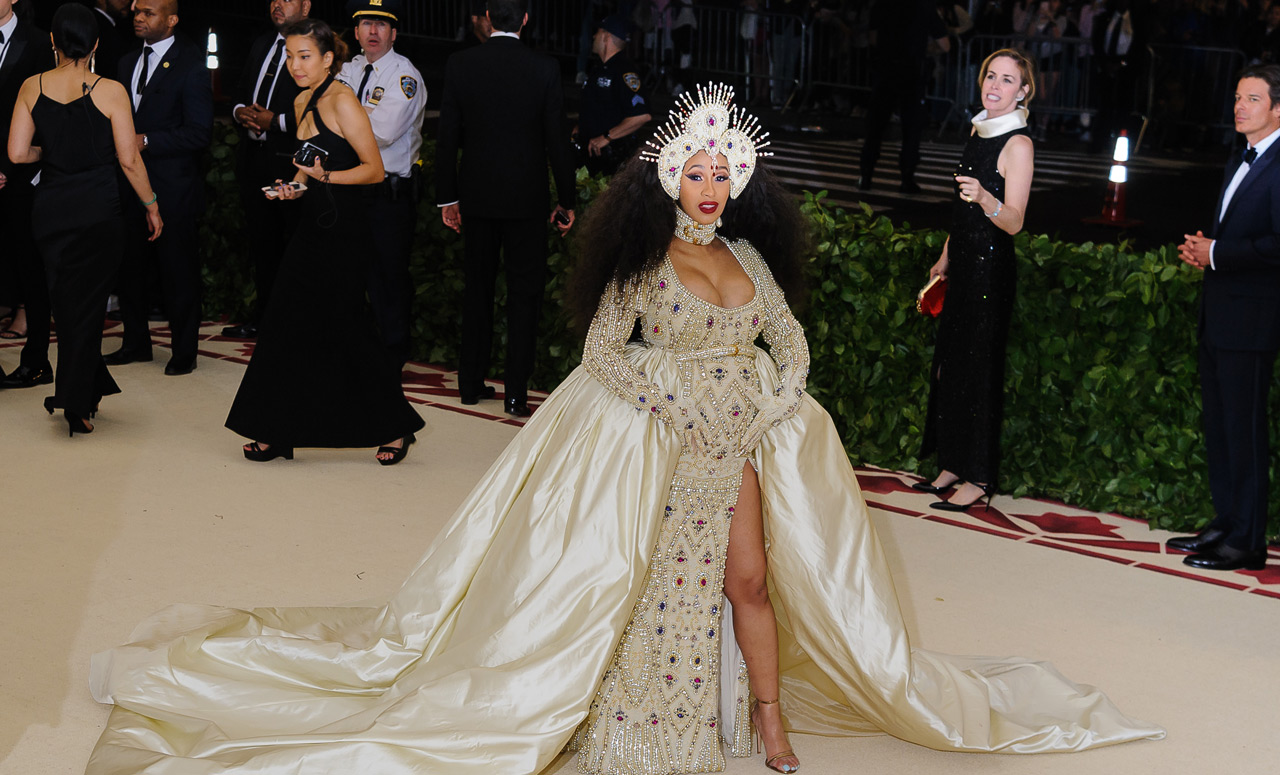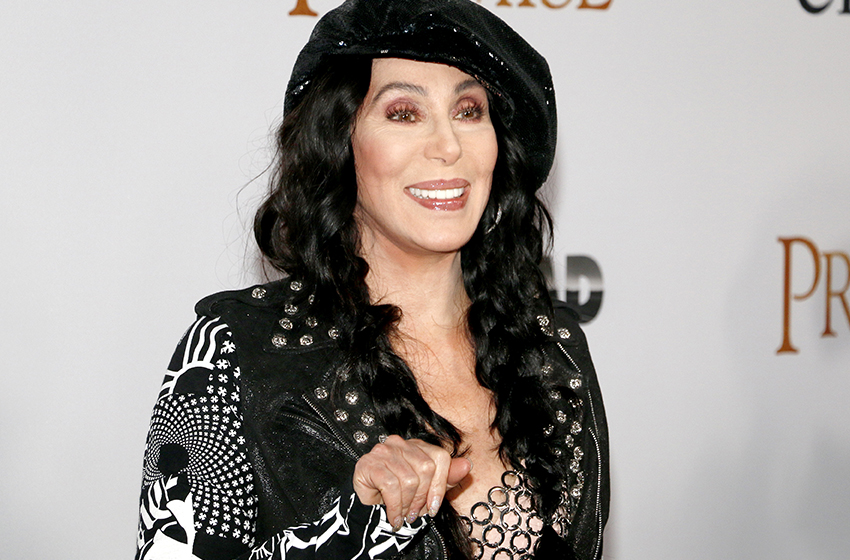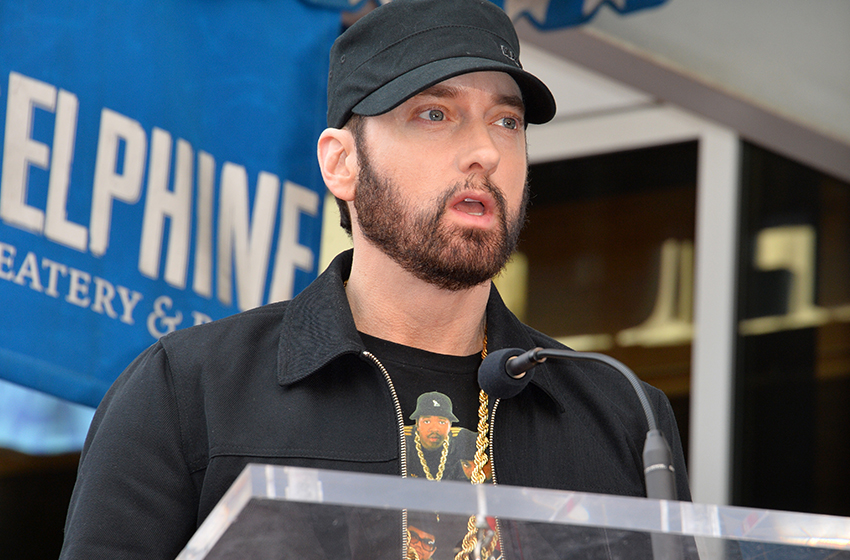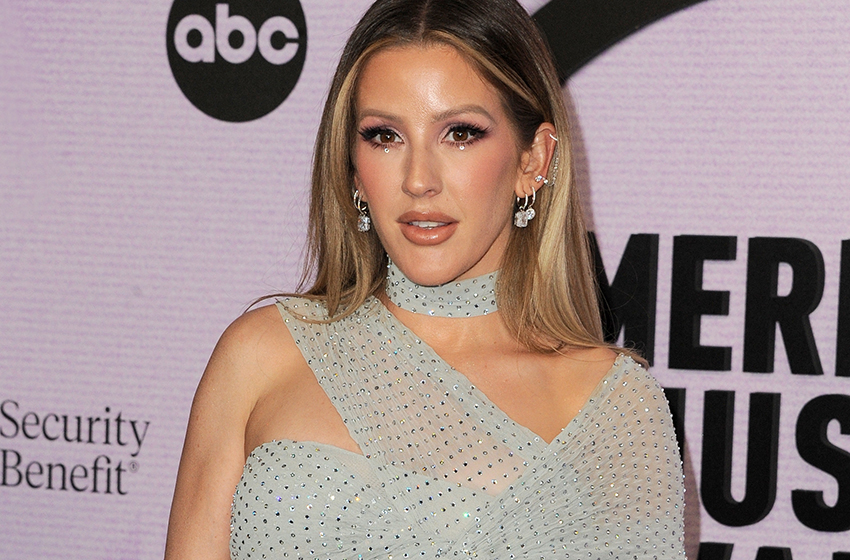Andrew McCarthy Reflects On The “Brat Pack” Branding And Why He Didn’t Like It Ahead Of New Documentary
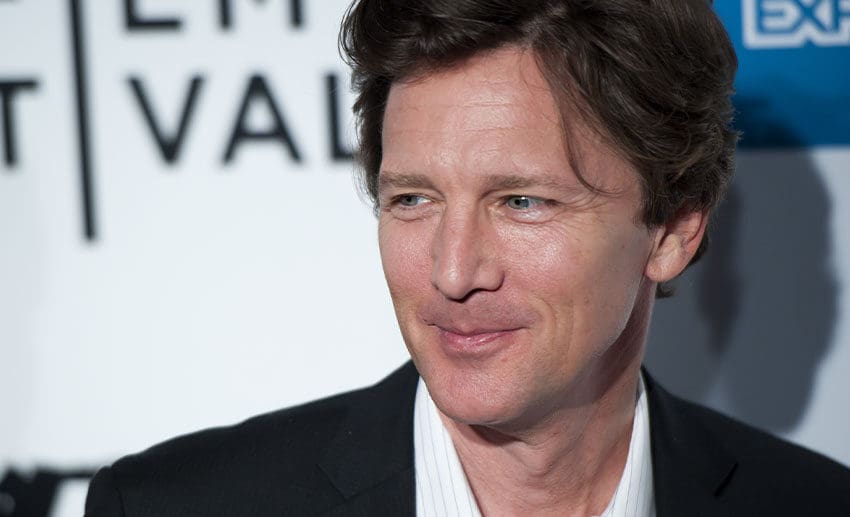
Back in 1985, Andrew McCarthy shot to fame as part of the hottest group of young actors in Hollywood, starring in the iconic film St. Elmo’s Fire. The movie, which also featured Rob Lowe, Emilio Estevez, Demi Moore, Judd Nelson, Ally Sheedy, and Mare Winningham, was a turning point for McCarthy. Speaking to PEOPLE, Andrew said, “It changed my life.”
St. Elmo’s Fire didn’t just impact McCarthy’s career; it also revolutionized the film industry. “Suddenly, Hollywood realized kids go to the movies way more than adults,” he explained. Before this, movies like The Magnificent Seven, The French Connection, and The Godfather dominated the screens, catering to an older audience. The success of St. Elmo’s Fire and similar films shifted the focus towards younger viewers, changing the landscape of cinema.
However, this newfound fame came with challenges. Alongside his Pretty in Pink co-star Molly Ringwald, Andrew and his colleagues found themselves at odds with Hollywood’s established figures. “The old guard were like, ‘Wait a minute, who are these young punks coming along?!’” he recalled with a laugh.
The real clincher came when New York Magazine published an article about Emilio and his rising peers, dubbing them “Hollywood’s Brat Pack.” Intended as a playful term, the label had a lasting impact on their careers.
“It did have personal ramifications. Were we brats? We were certainly privileged. But there wasn’t anything great about us. We were just in the right place at the right time and represented that seismic change in pop culture,” Andrew said.
Despite their discomfort with the label, it stuck. “It was one headline in one regional magazine that was on stands for a week. Over 35 years later, we’re still talking about it,” Andrew noted.
In his new documentary, Brats, streaming on Hulu from June 13, Andrew reconnects with old friends and co-stars like Emilio, Demi, Rob, and Ally to delve into how the “Brat Pack” label affected them. “We just felt unseen,” he shared. “It felt like I lost control of the narrative of my career. Who wants to be stigmatized and branded and labeled?”
The stigma led to the group distancing themselves from each other. “We all scattered for the hills. We didn’t want to be associated with it. It had a long shadow over everyone’s life to a degree,” Andrew recounted.
Now, at 61, he views the Brat Pack era through a different lens. “The movie is about reconciling the experiences of our life. We tend to look at those in one way, and then maybe they are worth reconsidering at a later point in life,” he reflects.
According to him, he now feels “180 degrees differently about the Brat Pack” than he did in 1985.
“[Now] we can look back on this thing with a certain affection. We can go, ‘Oh, being in the Brat Pack? That was pretty awesome,’” he added.
